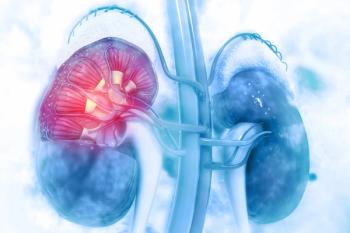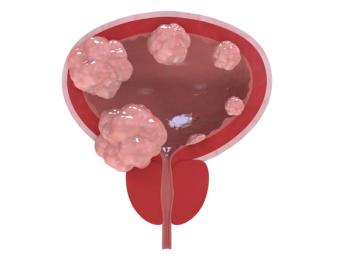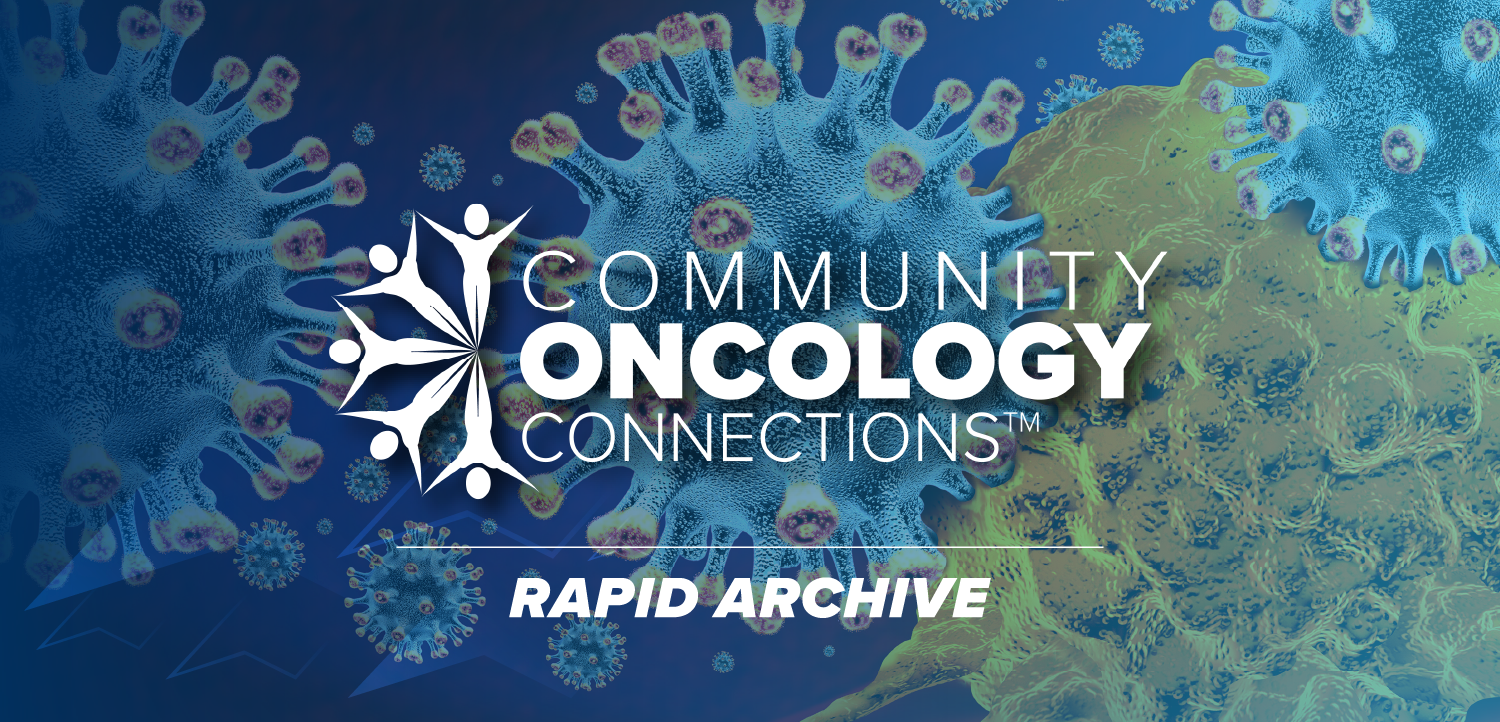
Lenvatinib, Everolimus Combo Effective for Second-Line RCC
Patients with renal cell carcinoma whose disease progressed after previous VEGF therapy saw increased delays in disease progression when treated with lenvatinib.
Patients with renal cell carcinoma whose disease progressed after previous VEGF therapy saw increased delays in disease progression when treated with the VEGF-targeting lenvatinib alone or the combination of lenvatinib plus the mTOR-targeting everolimus compared with everolimus alone,
“Although progression-free survival was prolonged in both groups in which lenvatinib was administered compared with everolimus, the size of the benefit and the relatively long duration of objective response suggest that efficacy was most robust with the combination regimen,” wrote researchers led by Robert J. Motzer, MD, of Memorial Sloan Kettering Cancer Center.
Current National Comprehensive Cancer Network recommendations call for second-line treatment of renal cell carcinoma using the VEGF inhibitor axitinib or the mTOR inhibitor everolimus. Preclinical studies have shown that lenvatinib-which targets VEGFR1, VEGFR2, and VEGFR3-combined with everolimus significantly reduced tumor volume in mice compared with the drugs given alone.
In this phase II study, researchers enrolled 153 patients and randomly assigned them to lenvatinib plus everolimus (n = 51), lenvatinib alone (n = 52), or single-agent everolimus (n = 50). The researchers noted that there was a higher proportion of patients with three or more metastases in the single-agent arms compared with the combination arm but that this difference was “unlikely to affect the outcome of the study because number of metastases is not a prognostic factor for patients with metastatic renal cell carcinoma in either the Memorial Sloan Kettering Cancer Centre (MSKCC) or Heng risk criteria.”
The median progression-free survival was 14.6 months for combination treatment, 5.5 months for everolimus alone, and 7.4 months for lenvatinib alone. Patients assigned lenvatinib plus everolimus had significantly improved progression-free survival compared with everolimus alone (hazard ratio [HR], 0.40 [95% confidence interval (CI), 0.24–0.68]; P = .0005). Patients treated with lenvatinib alone also had significantly improved progression-free survival compared with everolimus alone (HR, 0.61 [95% CI, 0.38–0.98]). No difference was seen between the two lenvatinib-containing arms.
Forty-three percent of patients assigned lenvatinib plus everolimus achieved an objective response compared with 6% of those assigned everolimus alone (P < .0001) and 27% of those assigned lenvatinib alone (P = .10). Combination treatment led to a median duration of response of 13 months compared with 7.5 months for lenvatinib alone and 8.5 months for everolimus alone.
According to the researchers, the safety profile of each drug was consistent with that seen in previous research. Treatment with everolimus did result in fewer grade 3 or 4 adverse events (50%) compared with lenvatinib alone (79%) or lenvatinib plus everolimus (71%). The researchers found that the most common treatment-related adverse events were diarrhea (20%) in the combination group; proteinuria (19%) in the lenvatinib alone group; and anemia (12%) in the everolimus group. In addition, two treatment-related deaths occurred.
Based on this, the researchers concluded that “further assessment of the lenvatinib plus everolimus combination should include a careful risk-benefit analysis.”
This study was funded by Eisai.
Newsletter
Stay up to date on recent advances in the multidisciplinary approach to cancer.





















































































